Torte or Cake: What’s the Sweetest Dessert Option?
Torte vs. cake debates often spark passionate discussions among dessert enthusiasts worldwide.
Sweet treats share many similarities yet maintain distinct characteristics that set them apart on any bakery shelf.
Most people can recognize the dense, flourless nature of a classic torte compared to its fluffier cake cousin.
German and Austrian pastry traditions have perfected tortes over centuries, creating masterpieces that showcase rich flavors and sophisticated textures.
The elegant appearance of a torte might seem intimidating at first glance, but both desserts deserve appreciation for their unique qualities.
Many special occasions call for either option, depending on personal preference and cultural background.
Once you understand the subtle differences between these delectable confections, a whole new world of baking possibilities opens up before you.
What Are Tortes?
A torte is a rich, flourless cake that typically features at least four layers. Originating in Central Europe, its name comes from the German word “Torte.” Unlike traditional cakes that use flour, tortes use ground nuts (such as almonds or walnuts) or breadcrumbs to provide structure, resulting in a dense and moist texture.
Because tortes are often made with premium ingredients like nuts, butter, eggs, and high-quality chocolate, they tend to be more expensive than regular cakes.
The layers in a torte are usually filled with luscious ingredients like sliced fruits, fruit jams, or buttercream, making each bite rich and flavorful.
The cake is traditionally baked in a springform pan, which allows for easy removal and clean layers.
After baking, tortes are decorated elegantly, often topped and sided with thick icing or ganache, and sometimes garnished with fresh fruits or nuts.
Tortes are commonly served chilled to set the sweet icing, enhancing their dense, creamy texture.
Torte Varieties
Different countries have their own famous tortes with unique fillings and styles.
Other European tortes, like the French Gâteau Mercédès and German Käsesahnetorte, often skip the icing layers, offering different textures and flavors.
The Comprehensive Guide to Cake
Cake is a beloved baked dessert with simple ingredients like flour, sugar, and eggs, ideally for special occasions from birthdays to weddings. Many people enjoy cakes in various shapes and sizes based on their needs, with some experts considering it an evolved form of bread, perhaps the oldest sweet treat known.
Vikings gave us the term "cake," though ancient Egyptians likely created the first versions of this delicious treat. Modern cakes as we know them today first appeared in 19th-century Europe, setting the standard for what we enjoy now.
Bakers mix ingredients before baking and decorating their creations, sometimes adding fruits, nuts or cocoa for different flavors. For layered cakes, the spaces between are typically filled with buttercream, custard, or whipped cream, while decorations can range from candies to nuts depending on what tastes best to you.
Common Cake Types
Cakes come in a vast array of types for every taste and occasion. Here are top 4 common cakes that you can find around the world.
Coffee Cake
Despite its name, coffee cake doesn’t contain coffee; it’s named for being served alongside it.
Often topped with sweet streusel, this cake has a light, fluffy texture.
It pairs especially well with strong coffees like Vietnamese coffee, balancing sweetness with bold bitterness.
Red Velvet Cake
Known for its vibrant color, red velvet cake features cocoa powder for a subtle chocolate flavor. Its moist, fluffy texture and rich taste make it a favorite among chocolate lovers.
Chocolate Cake
A classic dessert made with cocoa powder, chocolate cake is often layered with whipped cream or cherry fillings. It offers a moist, rich flavor with a hint of bitterness.
Vanilla Cake
Simple yet popular worldwide, vanilla cake’s mild flavor pairs perfectly with various fruit toppings like lemon, strawberry, or kiwi, making it versatile for many occasions.
Torte Vs. Cake: Their Similarities You Should Know
Although tortes and cakes are different desserts, they share some similarities. These are key features they have in common:
Cooking Temperature and Time
Tortes and cakes usually bake at similar temperatures, between 325°F and 450°F. The exact time depends on their size and number of layers.
It’s important to use a good-quality cake pan to help them keep their shape. Mixing the ingredients well is also essential for a perfect texture.
Storage
Leftover tortes and cakes should be stored in the fridge in airtight containers. They can also be frozen for up to three months and still taste good after thawing. To enjoy frozen desserts, simply thaw them at room temperature or in the fridge.
Shelf Life
Cakes and tortes stay fresh in the fridge for about 3 to 4 days. They shouldn’t be left out at room temperature for more than 24 hours. Signs that they’ve spoiled include dry, hard texture or mold. If decorated with fruit, check the fruit for mold or slime before eating.
Torte or Cake? How Are They Different?
Cake and torte may seem similar with their sweet, but they have distinct characteristics, from their ingredients, texture, to filling. Check the table with these details to help you identify whether you're enjoying a classic cake or an elegant torte!
| Feature | Torte | Cake |
| Basic Ingredients | Flourless or very little flour; uses groundnuts or breadcrumbs | Requires flour; often includes baking powder or soda to lighten texture |
| Height | Shorter, about 2-4 inches; doesn’t rise much due to no flour | Taller, usually 4 inches or more; rises because of flour and leavening agents |
| Texture/Density | Dense and heavy due to nuts or breadcrumbs | Light, fluffy, and airy from flour and leavening |
| Flavor | Rich, intense flavor with tight crumbs; often soaked with syrup or liqueur for moisture | Sweeter, lighter flavor with loose crumbs; syrup soaking less common |
| Layers | Can have 4 or more thin layers due to dense texture | Usually 2-3 layers max because cake rises more, making stacking difficult |
| Fillings | Rich buttercream or fresh fruit slices; American buttercream popular for ease | Lighter fillings like whipped cream, custard, or mousse; simple vanilla custard common |
| Frosting | Often dark chocolate ganache or rich glaze to match density | Typically buttercream or fondant; fondant used for elaborate designs |
| Decoration | Elegant and understated—fresh fruits, nuts, or chocolate shavings | Creative and event-focused; from playful to formal with colorful icing and fondant |
Ingredients
Tortes and cakes differ significantly in ingredients and structure. Tortes are mostly flourless, relying on groundnuts or breadcrumbs for their base, which results in a dense and heavy texture. While some tortes may include a tiny amount of flour, it’s minimal and doesn’t affect the dense quality. Cakes, on the other hand, require flour as a key ingredient, often combined with baking soda or baking powder to create a lighter, fluffier texture.
Height
In terms of height, tortes tend to be shorter, usually around 2 to 4 inches, since they don’t rise much during baking due to the lack of flour and leavening agents. Cakes typically rise well and reach heights of at least 4 inches or more. This is because the flour and leavening ingredients cause the batter to expand and become airy.
Texture
The texture difference is notable: tortes are dense and heavy with tight crumbs, thanks to the nuts or breadcrumbs that give them body. Cakes contrast sharply with their light and fluffy texture, thanks to the flour and rising agents used.
Flavor
Flavor profiles of torte and cake also vary. Tortes tend to have a richer, more intense flavor, which is often enhanced by soaking the layers in syrup or liqueur to keep the cake moist.
Cakes usually have a sweeter, lighter taste with looser crumbs and typically don’t require syrup soaking, although it’s sometimes used.
Layering
Tortes’ dense and flat structure allows for more layers, often four or more, while cakes generally have 2 to 3 layers at most. The airy nature of cake batter makes stacking more layers difficult without the cake collapsing or becoming unstable.
Fillings
Fillings are essential for both tortes and cakes. Tortes often use rich fillings like buttercream or fresh fruit slices that complement their dense texture. American buttercream is a good beginner-friendly choice, made simply with butter and powdered sugar.
Cakes typically have lighter fillings such as whipped cream, custard, or mousse, which keep the dessert fluffy and creamy. A classic example is a two-layer cake with vanilla custard.
Frosting
Tortes usually feature decadent frostings like dark chocolate ganache or glaze, adding richness and moisture that match their dense nature.
Cakes are commonly frosted with lighter buttercream or fondant, offering a creamy or smooth surface ideal for decoration. Fondant is especially popular for creating detailed, colorful designs for special occasions.
Decoration
Tortes tend to have elegant, minimal decorations: fresh fruits, nuts, or chocolate shavings, that highlight their richness without overpowering it.
However, cakes are often more elaborately decorated to fit occasions like birthdays or weddings, ranging from playful themes to intricate fondant work. Cakes serve as a canvas for creativity, while tortes focus on sophistication.
The Art of Perfectly Torting Your Cake
Torting a cake, that is, slicing it evenly into layers and adding delicious fillings, is key to making your dessert look amazing. It might seem tricky if you’re new to baking, but don’t worry!
Follow these simple steps to get it right.
Components:
Step-by-Step to Torte Your Cake:
Step 1: Cool the Cake
Let your cake cool completely, either in the fridge or at room temperature, until it’s firm enough to cut.
Step 2: Prepare to Cut
Place the cake on a rotating tray or stand. Mark your cutting line lightly with a ruler or knife.
Step 3: Make the First Cut
Slowly rotate the cake while making a shallow cut around the edge.
Step 4: Cut Through
Carefully deepen the cut, keeping it even, until the layer is fully sliced.
Step 5: Separate Layers
Use a cake lifter or spatula to gently lift and separate the layers.
Step 6: Add Filling
Spread your chosen filling between layers and reassemble the cake.
Popular Accompaniments to Enjoy Torte and Cake
Below pairings enhance flavor, texture, and presentation, making your dessert more enjoyable.
Got Questions? We’ve Got Solutions
1. Is it better to make a torte or cake for beginners?
Tortes are often more complex and require precise techniques, while cakes are more forgiving. If you're just starting out, try a simple vanilla or chocolate cake before attempting a multi-layered torte.
2. Can I substitute cake for torte in recipes?
Not directly. Tortes typically use less flour and more ground nuts, which creates a denser texture. Simply swapping one for the other will affect both texture and taste.
3. How long do tortes and cakes stay fresh?
Cakes usually stay fresh for 3-4 days at room temperature, while tortes can last 5-7 days when refrigerated due to their denser, moister texture.
4. Do tortes and cakes require different serving temperatures?
Yes! Cakes are best served at room temperature, while tortes often taste better slightly chilled, especially those with mousse or cream fillings.
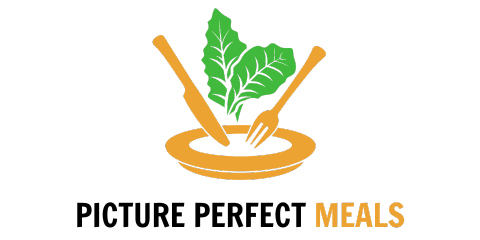
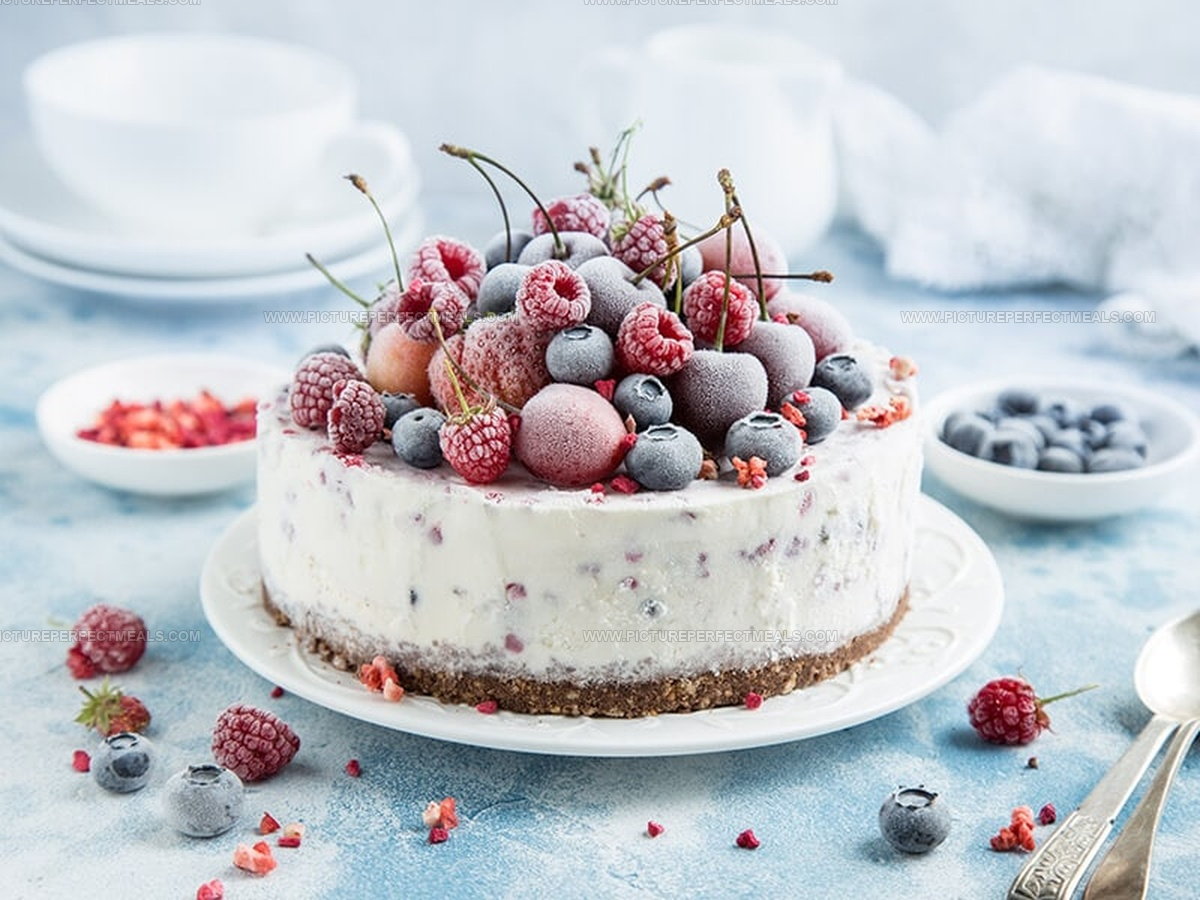
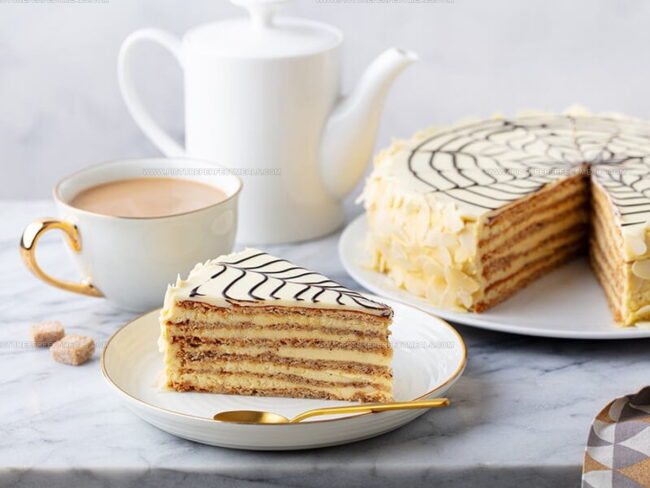
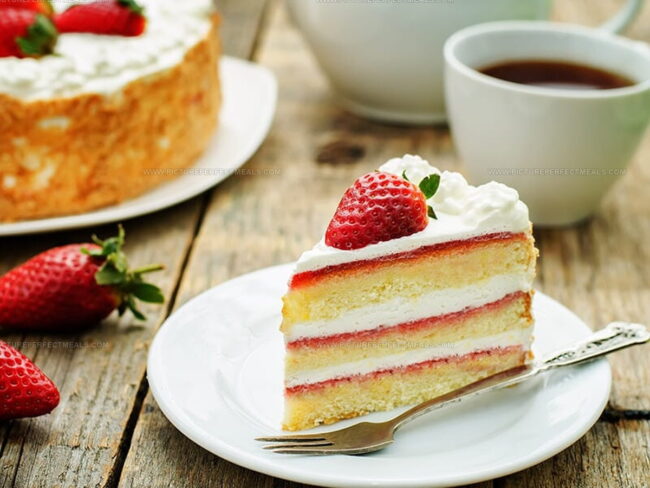
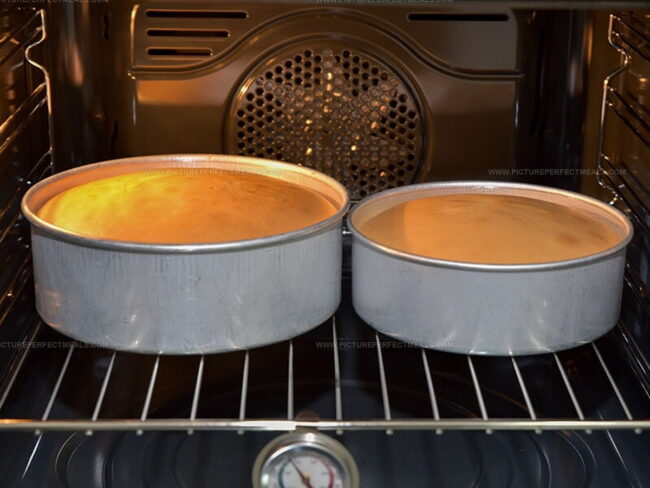
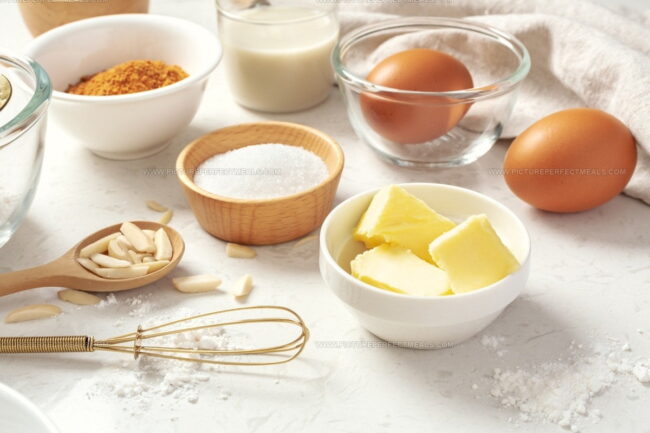
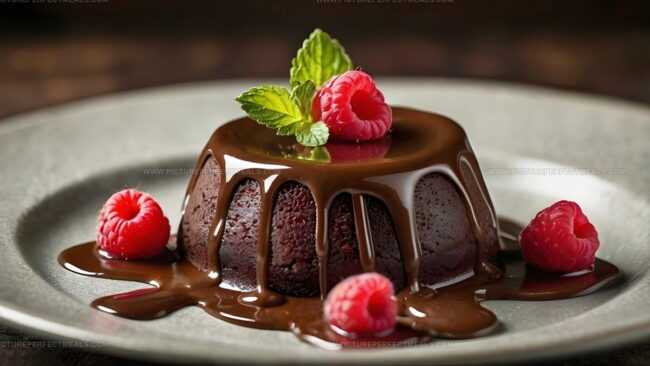
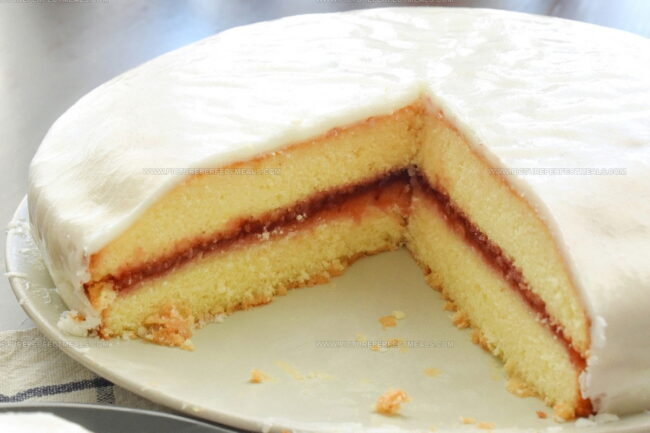
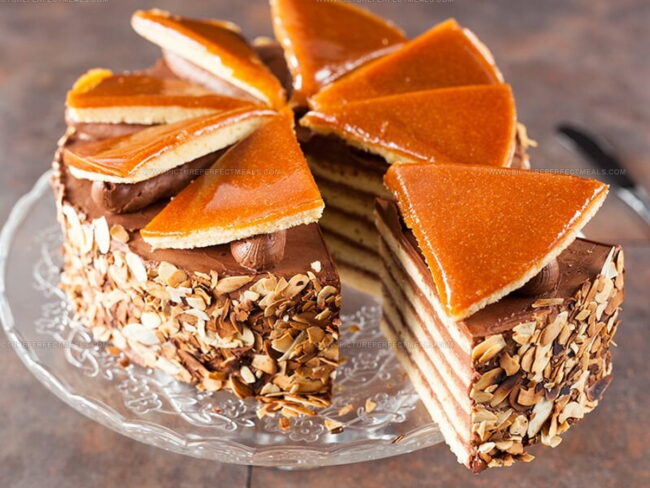
Jenna Hartley
Founder & Recipe Creator
Expertise
Education
Box Hill Institute, Melbourne
William Angliss Institute, Melbourne
Jenna is the heart of Picture Perfect Meals, turning simple ingredients into beautiful, easy‑to‑make dishes.
Growing up around family meals in Melbourne, she trained at Box Hill Institute and then perfected her pastry skills at William Angliss Institute. She loves mixing classic Australian flavors with fresh ideas to keep cooking fun and stress‑free.